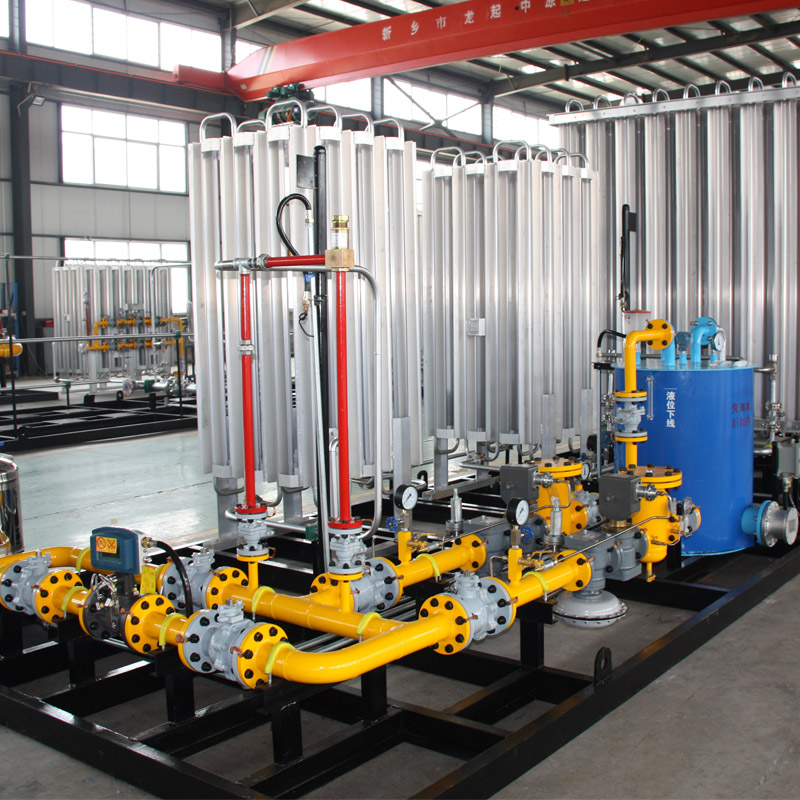
Dec . 10, 2024 02:23
Back to list
Electric Regulation Valve for Optimal Performance in Electrical Systems
Understanding Electrical Regulation Valves
Electrical regulation valves are crucial components in various applications, from industrial machinery to residential heating systems. These valves control the flow and pressure of fluids within a system using electrical signals, ensuring that operations run smoothly and efficiently. In this article, we will delve into the types, functions, benefits, and applications of electrical regulation valves.
What Are Electrical Regulation Valves?
Electrical regulation valves are automated devices that manage the flow of liquids or gases within a system. They operate through an actuator, which can be controlled by electrical signals from a remote control or an automated control system. The actuator adjusts the valve's position, influencing the fluid's flow and pressure. The primary types include solenoid valves, motor-operated valves, and proportional control valves.
1. Solenoid Valves These use an electromagnetic solenoid to open or close the valve. When an electrical current passes through the coil of the solenoid, it creates a magnetic field that moves a plunger, either allowing or blocking the fluid flow. Solenoid valves are ideal for applications requiring quick on/off control.
2. Motor-Operated Valves These valves use a motor to control the valve's position. They are often used in applications where precise control of flow and pressure is necessary. The motor's speed and direction can be adjusted, giving operators the flexibility to set the valve anywhere between fully open and fully closed.
3. Proportional Control Valves These are designed for applications where the flow needs to be modulated rather than just turned on or off. They adjust fluid flow based on the electrical input, allowing for smooth transitions and consistent pressure control.
Functions of Electrical Regulation Valves
The primary function of electrical regulation valves is to control the flow and pressure of fluids in a system. This control is critical in numerous applications, such as
.
- Heating Systems In radiators and underfloor heating, they regulate the flow of hot water to maintain desired temperatures.
صمام تنظيم كهربائي

- Industrial Processes In manufacturing, they control the flow of raw materials and coolants, contributing to overall process efficiency.
- Hydraulic Systems They play vital roles in heavy machinery and vehicles, regulating fluid flow for power and control.
Benefits of Using Electrical Regulation Valves
Electrical regulation valves offer several advantages
1. Precision Control With advanced automation, these valves provide precise control over fluid flow and pressure, which is vital in many industrial applications.
2. Energy Efficiency By optimizing flow rates and pressure, these valves help reduce energy consumption in heating and cooling systems, leading to lower operational costs.
3. Reduced Manual Labor Automation of flow control minimizes the need for manual intervention, thus enhancing safety and allowing personnel to focus on more important tasks.
4. Durability Many electrical regulation valves are designed to endure harsh operating conditions, making them suitable for a wide range of industrial applications without the need for frequent replacements.
Applications of Electrical Regulation Valves
The applications of electrical regulation valves are vast and critical across numerous industries. In the oil and gas industry, they facilitate the flow of hydrocarbons through pipelines. In water treatment plants, they help control the flow of chemicals used in purification processes. Pharmaceutical manufacturing employs these valves to ensure precise dosages of both liquids and gases during production.
In conclusion, electrical regulation valves are indispensable in modern fluid management systems. Their ability to automate flow control not only enhances system efficiency but also contributes significantly to safety and cost-effectiveness. As technology continues to advance, we can expect even more innovative designs and functionalities, ensuring that electrical regulation valves remain at the forefront of industrial and residential applications.
Latest news
-
Safety Valve Spring-Loaded Design Overpressure ProtectionNewsJul.25,2025
-
Precision Voltage Regulator AC5 Accuracy Grade PerformanceNewsJul.25,2025
-
Natural Gas Pressure Regulating Skid Industrial Pipeline ApplicationsNewsJul.25,2025
-
Natural Gas Filter Stainless Steel Mesh Element DesignNewsJul.25,2025
-
Gas Pressure Regulator Valve Direct-Acting Spring-Loaded DesignNewsJul.25,2025
-
Decompression Equipment Multi-Stage Heat Exchange System DesignNewsJul.25,2025

